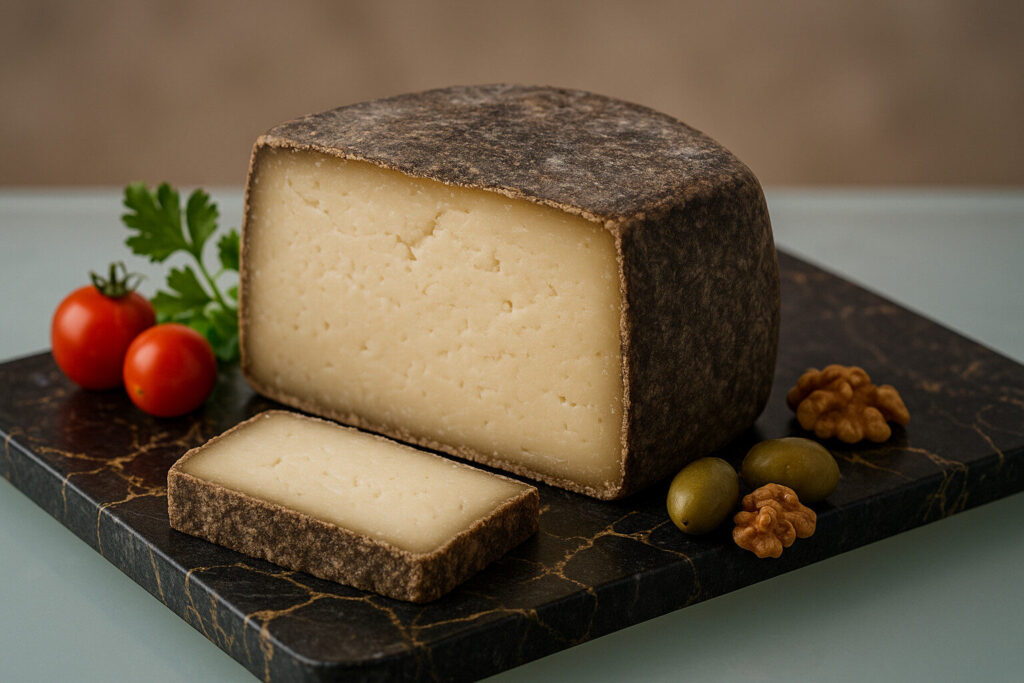Cheese Of Alborz Mountains
Definition and Scope
Cheese of the Alborz Mountains refers to traditional dairy products crafted in the northern Iranian highlands. These cheeses are typically made from sheep’s or goat’s milk, reflecting the region’s pastoral heritage. They encompass both fresh varieties and aged forms, often prepared using time-honored methods.
The scope includes artisanal cheeses like Lighvan and Koozeh, which are protected by geographical indications. Production is concentrated in villages along the mountain range, where microclimates influence maturation. These cheeses represent a distinct category within Persian dairy traditions, valued for their artisanal character.
Production Methods
Traditional production begins with raw milk from pasture-grazed animals, heated in copper vats. Rennet derived from local sources coagulates the milk, forming curds that are hand-cut and drained. The curds are then pressed into woven baskets or cloth molds, which imprint characteristic patterns.
Aging occurs in natural limestone caves or cool cellars, where humidity and temperature remain stable. Some varieties are brined or dry-salted during maturation, developing complex flavors over months. These methods preserve ancestral techniques while ensuring consistent quality across seasonal variations.
Sensory Profile
Alborz mountain cheeses typically present firm, crumbly textures with occasional crystalline formations. Their rinds range from natural mold-covered to washed varieties, contributing earthy notes. The paste color varies from ivory to pale yellow, depending on animal diet and aging duration.
Flavor profiles feature pronounced saltiness balanced by nutty and herbaceous undertones. Aged versions develop sharp, piquant characteristics with lingering umami notes. Fresh variants offer milder, tangy flavors with creamy mouthfeels, reflecting their minimal maturation.
Culinary Applications
These cheeses serve as table cheeses, often accompanied by flatbreads and fresh herbs in traditional meals. Grated aged varieties enhance rice dishes and stews, providing savory depth. Their robust nature makes them suitable for grilling or baking without excessive oil separation.
In modern cuisine, they appear in salads and stuffed pastries, contributing distinct regional character. Pairings typically include walnuts, dried fruits, and full-bodied red wines. Their melting properties vary by age, influencing use in cooked applications.
Regional Examples
Lighvan cheese represents the most famous Alborz variety, hailing from the town of Liqvan in East Azerbaijan. This semi-hard sheep’s milk cheese features small holes and a tangy, salty profile. It holds protected designation status, ensuring authentic production methods.
Koozeh cheese originates from higher elevations, made from goat’s milk in cylindrical molds. Other variants include Tabriz white cheese and rural paneer-like fresh cheeses. Each subregion develops slight variations based on local customs and available forage.

